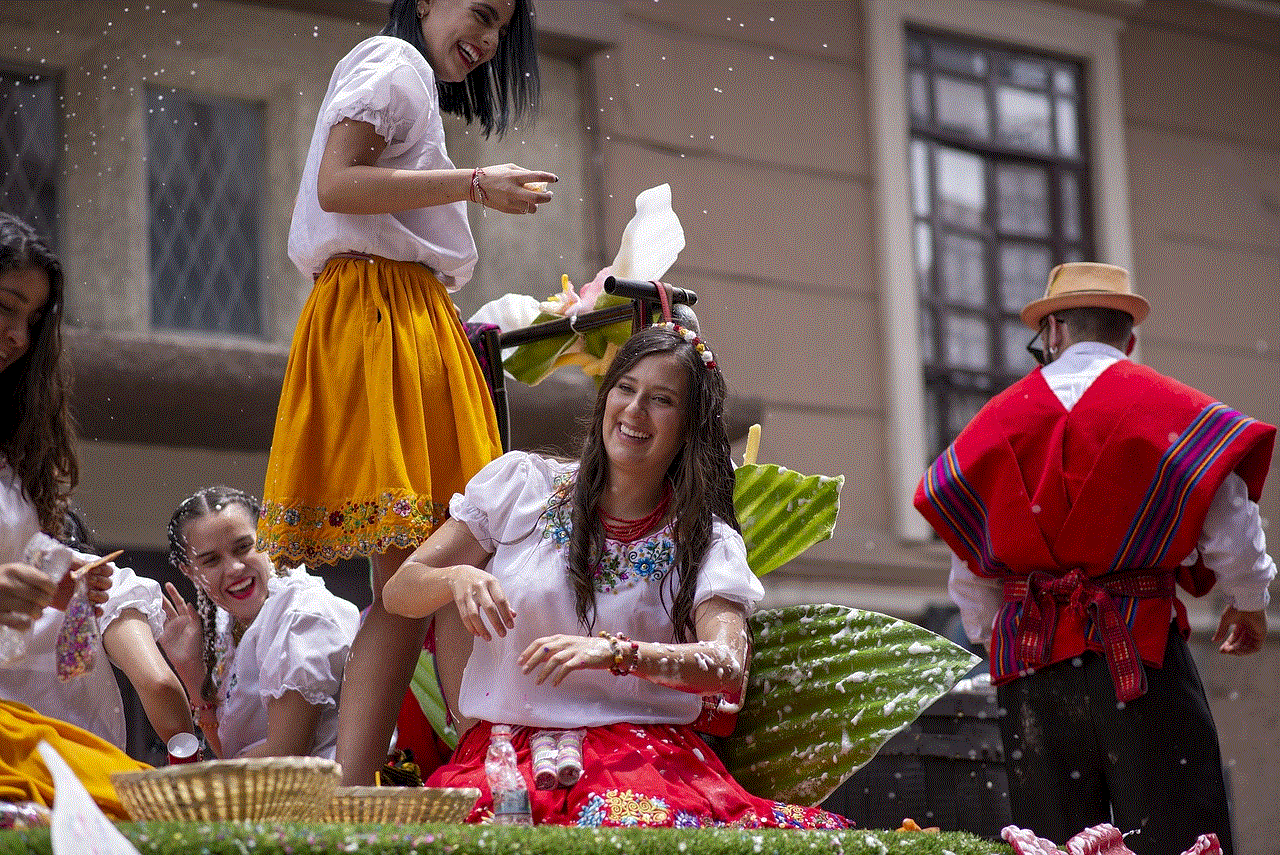what is sic
Sic is a Latin term that is commonly used in written language, particularly in academic and legal texts. It is an abbreviation for the Latin phrase “sic erat scriptum”, which translates to “thus was it written”. Sic is used to indicate that the text being quoted is an accurate representation of the original, even if it contains errors or appears unusual or incorrect. This term has been used for centuries, dating back to the Roman Empire, and has evolved to become an important part of written communication today.
The use of sic can be traced back to the ancient Roman historian Livy, who used it in his writings to indicate that the text he was quoting was an exact copy of the original source. This usage of sic was intended to protect the integrity of the original text, as well as the author’s credibility. Over time, sic became a standard practice in academic writing, where it is used to indicate that the text being quoted is taken directly from the source, including any spelling or grammatical errors.
In modern times, sic is most commonly used in academic and legal texts, as well as in journalism. In academic writing, sic is used to indicate that the text being quoted contains errors or unusual spellings, but these are not the errors of the author. This is important in maintaining the accuracy of the original text, while also allowing for any necessary clarifications. For example, if a historian is quoting a primary source document from the 18th century, they may use sic to indicate that the spelling or grammar is reflective of the time period, rather than a mistake on their part.
Similarly, in legal writing, sic is used to indicate that a quote from a court decision or document is an exact copy of the original, even if there are errors or inconsistencies. This is particularly important in legal proceedings, where accuracy and precision are crucial. By using sic, legal professionals are able to maintain the integrity of the original text, while also providing evidence for their arguments.
In journalism, sic is used to indicate that a quote from a source contains errors or unusual language, but the journalist has chosen to include it as it was originally spoken or written. This is often used to maintain the authenticity of a quote, even if it may appear unusual or incorrect to the reader. For example, if a politician is quoted using improper grammar in a speech, a journalist may use sic to indicate that it was not a mistake on their part, but rather an accurate representation of the original quote.
While sic is most commonly used in written language, it can also be used in spoken language. In this case, it is used to indicate that the speaker is quoting someone else, and any errors or unusual language are a direct result of the original speaker. This is particularly useful in situations where the speaker is quoting a conversation or dialogue, and wants to ensure that the original meaning and context are preserved.
The use of sic is not limited to the English language, as it is also used in other languages such as French, German, and Italian. In these languages, sic is used in a similar manner to indicate an accurate representation of the original text, even if it contains errors or unusual language. This further emphasizes the importance of maintaining the integrity of the original text in written communication.
One of the main benefits of using sic is its ability to provide context to a quote or piece of text. By indicating that the text being quoted is an exact copy of the original, readers are able to understand the intention of the author and the context in which it was written. This is particularly important in academic and legal writing, where accuracy and credibility are crucial. By using sic, writers are able to maintain the accuracy of their work, while also providing necessary context for their readers.
However, the use of sic is not without its criticisms. Some argue that it can be seen as condescending or mocking, particularly when used to highlight the errors of others. This can be a valid concern, as the use of sic may come across as belittling or dismissive. As with any writing tool, it is important to use sic in a responsible and respectful manner, without diminishing the credibility of the original source or its author.
In conclusion, sic is a widely used term in written language that has evolved over centuries to become an important part of academic, legal, and journalistic writing. Its use allows writers to maintain the accuracy and integrity of the original text, while also providing necessary context for their readers. While it may have its criticisms, sic continues to be a valuable tool in written communication, and will likely remain so for years to come. So, the next time you come across the term sic, remember its importance in preserving the authenticity of the written word.
how to find someone from a picture
In today’s digital age, finding someone from a picture has become easier than ever before. With the advancements in technology and the widespread use of social media platforms, it is now possible to locate and identify someone just by their picture. Whether it’s a long-lost friend, a relative, or a potential romantic interest, a picture can provide valuable clues that can lead you to the person you are looking for. In this article, we will explore the various ways you can find someone from a picture and the tools and techniques you can use to do so.
1. Reverse Image Search
One of the most effective ways to find someone from a picture is by using a reverse image search. This is a tool that allows you to upload an image or provide a URL and then searches the internet for other instances of that image. This can be useful in a variety of situations, such as finding the original source of an image or identifying someone in a photo. There are several search engines that offer reverse image search, including Google Images, TinEye, and Bing Visual Search.
To use a reverse image search, simply go to the search engine of your choice and click on the camera icon in the search bar. Then, upload the image or provide the URL and click on search. The search engine will then display all the instances of that image that it can find on the internet. This can help you identify the person in the picture or provide more information about them, such as their social media profiles or websites they are associated with.
2. Social Media Platforms
With the widespread use of social media, it has become much easier to find someone from a picture. Most social media platforms allow users to upload and search for images. This can be helpful if you have a picture of the person you are looking for and want to see if they have a profile on any social media platform. facebook -parental-controls-guide”>Facebook , Instagram , and Twitter are some of the most popular social media platforms that allow image search.



To use this method, simply upload the picture to the social media platform of your choice and see if it matches any profiles. You can also use hashtags or location tags to narrow down your search. Additionally, some social media platforms have a feature that suggests people you may know based on mutual connections or shared interests. This can also help you find someone from a picture.
3. People Search Engines
People search engines are specialized search engines that allow you to find information about individuals. These search engines collect data from various sources, including public records, social media profiles, and other online sources, to create a comprehensive profile of a person. They can be useful in finding someone from a picture, as they can provide information about the person’s name, contact details, and other personal information.
Some popular people search engines include Pipl, Spokeo, and Whitepages. These search engines are free to use but may require a paid subscription for more detailed information. To find someone from a picture using a people search engine, simply upload the picture or provide a link to it, and the search engine will scan its database for any matches. You can then view the results and see if you can identify the person in the picture.
4. Image Recognition Apps
Image recognition apps use artificial intelligence and machine learning algorithms to analyze images and identify objects, people, or places in them. These apps can be particularly useful in finding someone from a picture, as they can identify the person in the photo and provide related information about them. Some popular image recognition apps include Google Lens, CamFind, and Image Recognition.
To use an image recognition app to find someone from a picture, simply upload the image to the app, and it will scan it for any recognizable objects or people. It will then provide information about the person, such as their name, social media profiles, or websites they are associated with. Some image recognition apps also have a facial recognition feature, which can help you identify someone in a photo even if they are not tagged or have a profile on any social media platform.
5. Online Forums and Communities
Another way to find someone from a picture is by posting the image on online forums and communities. There are countless online forums and communities dedicated to various topics, and some of them have sections specifically for finding people. You can post the picture on these forums and ask if anyone recognizes the person or has any information about them. This is particularly useful if the person in the picture is not active on social media or has a common name, making it difficult to find them through other methods.
6. Contact the Photographer



If the picture was taken by a professional photographer, they may have more information about the person in the photo. You can try contacting the photographer and asking if they have any contact information for the person or if they can provide more details about the photo. They may also have other pictures of the person or know where and when the photo was taken, which can help you in your search.
7. Use Google Street View
If the picture was taken in a public place, you can try using Google Street View to find the location. Google Street View provides 360-degree panoramic views of streets and places around the world, and you can use it to find the location of a photo. Simply upload the photo to Google Street View and see if it matches any locations. You can then use this information to narrow down your search and potentially find the person in the picture.
8. Ask for Help on Social Media
Asking for help on social media can also be an effective way to find someone from a picture. You can post the picture on your social media accounts and ask your friends and followers if they recognize the person or have any information about them. Your post can also be shared by others, increasing the chances of finding the person. This method has been successful in reuniting families and friends who have lost touch over the years.
9. Check Public Records
If you have some information about the person in the picture, such as their name or location, you can try checking public records to find more information about them. Public records include birth records, marriage records, property records, and other official documents that are available to the public. You can visit your local government office or use online public record databases to search for information about the person you are looking for.
10. Hire a Private Investigator
If all else fails, you can consider hiring a private investigator to help you find someone from a picture. Private investigators have access to databases and resources that are not available to the public, and they have experience and expertise in locating individuals. However, this can be an expensive option, and you should only consider it as a last resort.



In conclusion, finding someone from a picture may seem like a daunting task, but with the right tools and techniques, it can be achieved. Whether you use reverse image search, social media platforms, people search engines, or other methods, it is important to respect the privacy of the person you are looking for and to use the information you find responsibly. So the next time you come across a picture of someone you want to find, remember these methods and see if you can reunite with that person.
0 Comments